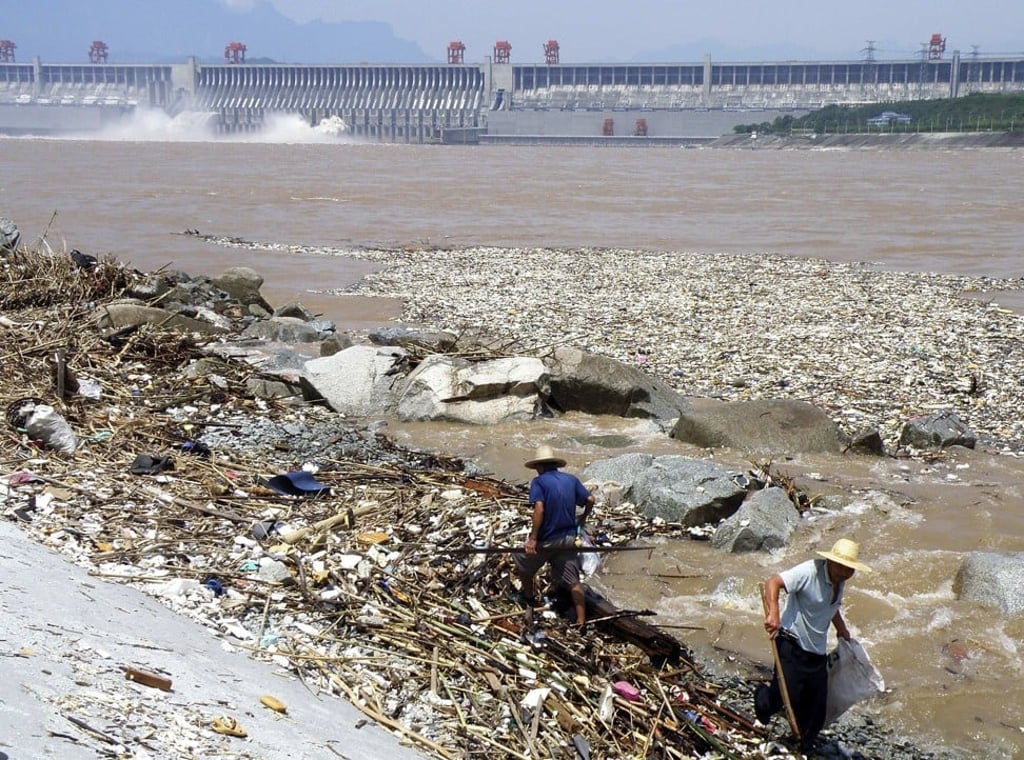China’s ocean waste dumping at highest level in at least a decade, with 27 per cent surge in 2018
- Delta regions of Yangtze and Pearl rivers hardest hit, according to environment ministry
- Plastic dominates waste above and below water surface, including on the seabed

The amount of waste dumped into China’s coastal waters increased to its highest level in at least a decade in 2018, to a total of 200.7 million cubic metres – a 27 per cent rise on the previous year, the country’s environment ministry said on Tuesday.
Most of the waste was dumped in the delta regions of the Yangtze and Pearl rivers, both major industrial zones on China’s eastern coast, the Ministry of Ecology and Environment (MEE) said.
“At the moment, there are some clear problems with the work on the marine ecological environment, with some regions not showing a lot of awareness or paying sufficient attention, and lacking strong initiative and dedication,” Huo Chuanlin, deputy director of the MEE’s marine environment department, said at a briefing in Beijing.
Environmental groups have expressed concern that China, desperate to clean up its rivers, is dumping increasing amounts of trash in its seas instead.

However, Huo said overall conditions in China’s coastal waters, including issues like waste water entering the seas from rivers, were improving and China could not be blamed for a global ocean polluting crisis.